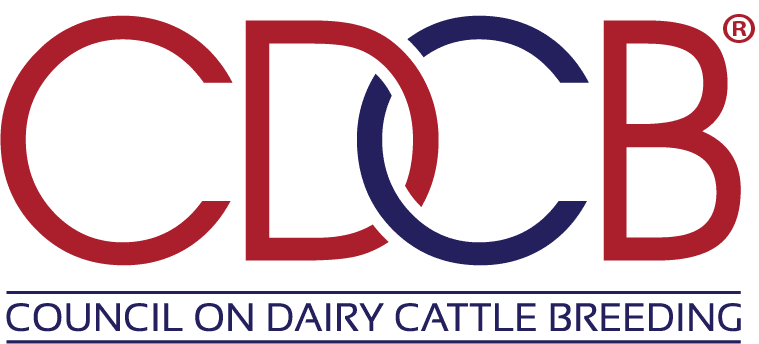The HLIV predicted transmitting ability (PTA) predicts the difference in female young offspring expected to remain alive between 2 days after birth and 18 months of age; expressed in percentage points from the breed base. Larger, positive values are more favorable.
Heifer Livability (HLIV)
Heifer Livability evaluations are available for Holsteins and Jerseys. Although relatively new, Heifer Livability has a favorable trend in recent years, likely a result of selection for correlated traits.
Benefits of Trait
Introduced in December 2020, Heifer Livability expresses the expected livability for female offspring from 2 days after birth up to 18 months of age.
- The most common reasons for heifer removal include digestive and respiratory diseases (USDA NAHMS, 2018). Selecting for improved heifer livability will improve animal health and welfare by decreasing the incidences of these diseases.
- The average cost of heifer loss is $500, per Neupane et al, 2021. Reducing the incidence of death and cost of replacement heifers will increase herd profitability.
- Heifer Livability reveals a heifer’s overall resistance to causes that lead to mortality. With increasing data on reasons heifers leave the herd, more extensive research can be conducted.
Heifer Livability Trait
Introduced December 1, 2020 for Holstein and Jersey animals.
Measured in percentage points. The average Heifer Livability is equal to 96% in U.S. Holsteins and Jerseys.
For example, a Holstein bull with a HLIV PTA of +1.0% would be expected to average 97% of his heifers surviving (assuming the breed average heifer livability is 96%). Daughters of a Holstein bull with a HLIV PTA of -1.0% are expected to have an average heifer livability of 95%.
Heifer Livability was incorporated in Net Merit and other CDCB indices in August 2021 for Holstein and Jerseys. HLIV is represented by the bright blue (0.4-0.5%) with dark blue representing the other traits included in the indices.

Estimated heritability is 0.72% for heifer livability (observed scale).
Young genomic bulls are expected to have reliabilities averaging 46% for heifer livability in Holsteins and 30% in Jerseys. Progeny tested bulls are expected to have genomic reliabilities averaging 55% in Holsteins and 46% in Jerseys. As additional data are accumulated, reliabilities will increase.
Significant favorable correlations were found with yield traits, ranging from 0.34 to 0.36. Heifer Livability PTA was also favorably correlated at 0.44 with Productive Life, 0.37 with calving trait dollars, and 0.36 with Early First Calving.
HLIV evaluations were developed using data from the National Cooperators’ Database maintained by the CDCB. Disposal codes were studied from 3.4 million heifer records from all breeds born between 2009 and 2016. The number of reported deaths was 135,000 (4.0%), counting deaths that occurred between 2 days of age and when the heifer left the herd, or until the maximum imposed of 18 months. Stillbirths and deaths occurring in the first two days of life are considered in the stillbirth evaluations.
Future Development
Efforts are underway to improve the quality of data reporting for heifers in herds that contribute to the National Cooperators Database. Collaboration between CDCB, Dairy Records Processing Centers and USDA APHIS led to revised disposal codes that now include more reasons for termination. Each party is implementing these codes in programming and available software to make the data flow. This more robust data can be used for more extensive heifer research and increase the accuracy of genetic evaluations and management information for producers.
Related Publications
Genomic evaluation of heifer livability. Neupane et al, 2021
